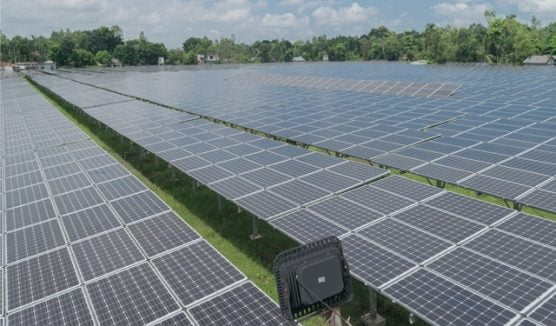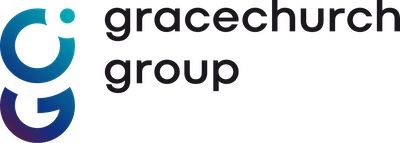US scientists are testing layers of cyber defences from component level and designing new grid topology and control systems to counter the threats posed by rising renewable energy capacity. In January, the US National Renewable Energy Laboratory (NREL) launched a new Cybersecurity Program Office (CPO) to tackle the impact of rising renewable energy capacity and...
Next Article UK Prime Minister launches £3 billion bus revolution
WoREA
Welcome to WoREA! You are in the right place to learn about all things renewable energy. We would like to take this opportunity to firstly wish you well, congratulate you for being here, but above all else, thank you personally for your interest in renewable energy - we like you! Please feel free to submit your content and/or reach out directly. We are always interested in learning more about our members and the markets in which you work.








